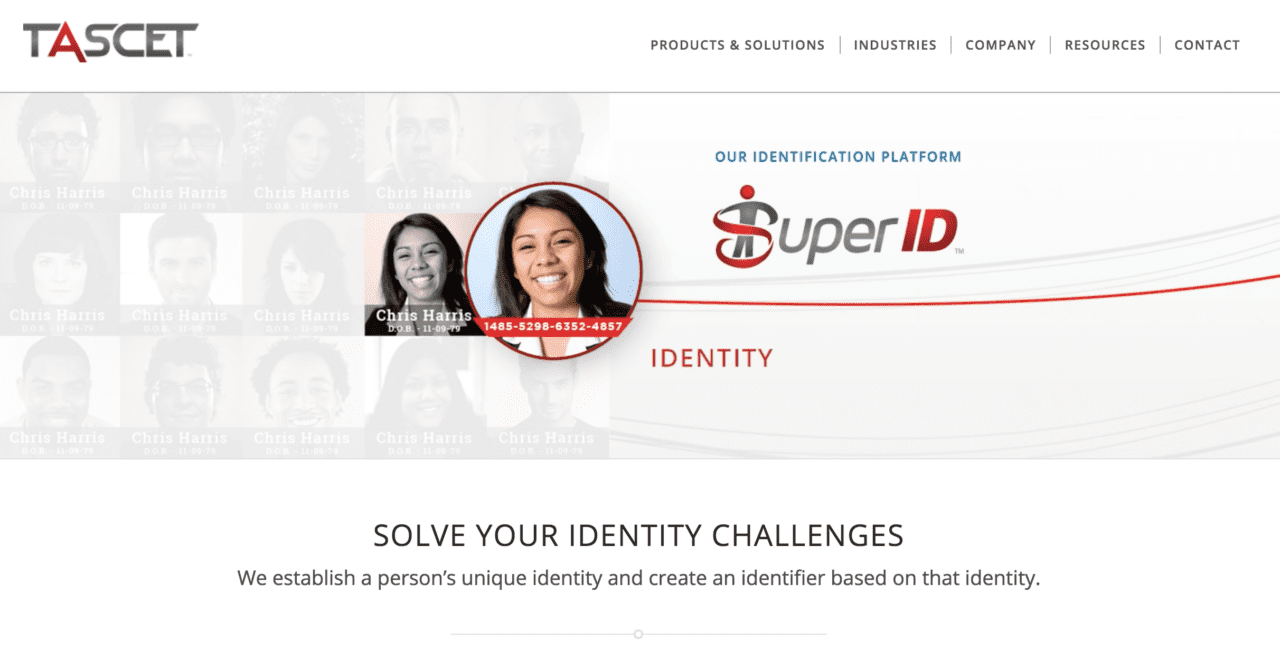Peer-to-business crowdlending platform P2Binvestor (P2Bi) has launched a bank partnership program today. The new initiative will offer small-to-medium businesses (SMBs) working capital while providing banks access to a diversified asset class.
Under the partnership, banks will front 50% of the capital with a senior secured position. P2Bi’s base of private investors will provide the remaining half of the capital and businesses will receive the funds with a blended interest rate of 8% to 12%. By partnering with P2Bi, banks can quickly extend multi-million dollar lines of credit to growing SMBs and establish a lending relationship with them at an early stage in their business development.
The Colorado-based company’s CEO Krista Morgan explained that regulatory and technology hurdles have made it difficult for business borrowers and banks to connect. “Until now, there hasn’t been a solution like this, which unfortunately has forced growing companies to take on expensive and time consuming funding,” Morgan said. “We’re enabling banks to lend to businesses they otherwise wouldn’t be able to due to strict lending standards,” she added.
Piloting the bank partnership program is New Resource Bank, a San Francisco-based bank with $331 million in assets under management and a focus on social, environmental, and economic change. “P2Binvestor is excited to be powering New Resource Bank’s line of credit with both our marketplace and proprietary receivables lending platform,” said Morgan.
Vincent Siciliano, president and CEO of New Resource Bank describes the program as a “win-win” for the bank and for businesses. Siciliano said, “By using P2Bi’s platform, growing businesses will be able to secure capital that they typically wouldn’t be able to access through bank lending alone. This allows us to offer a greater suite of lending products to the community of sustainable businesses we serve.”
Founded in 2012, P2Bi debuted at FinovateSpring 2013 and, at FinovateFall 2014, the company showcased its borrower application and loan management platform. In November of 2016, P2Bi closed a $7 million Series A round, bringing its total equity funding to $9.6 million. Last month, Forbes featured the company in an article titled, “When Venture Capitalists Said, ‘No,’ This Woman Didn’t Give Up.”

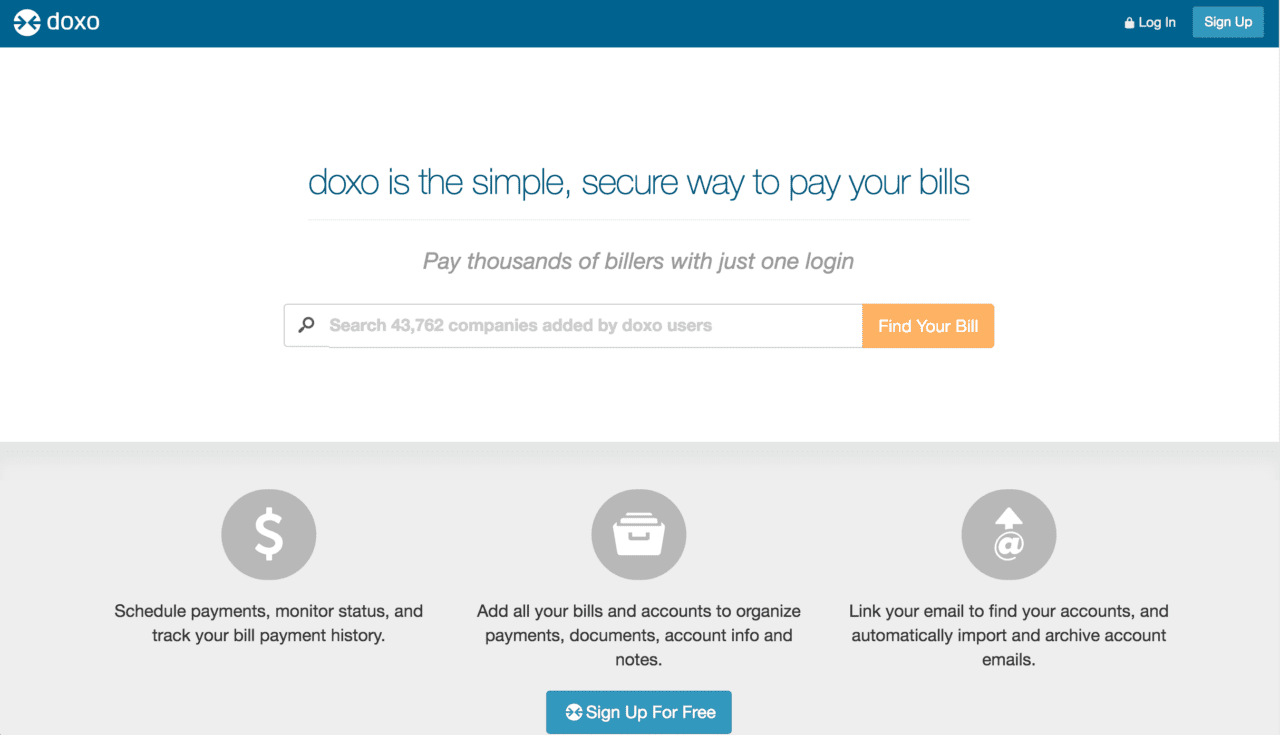
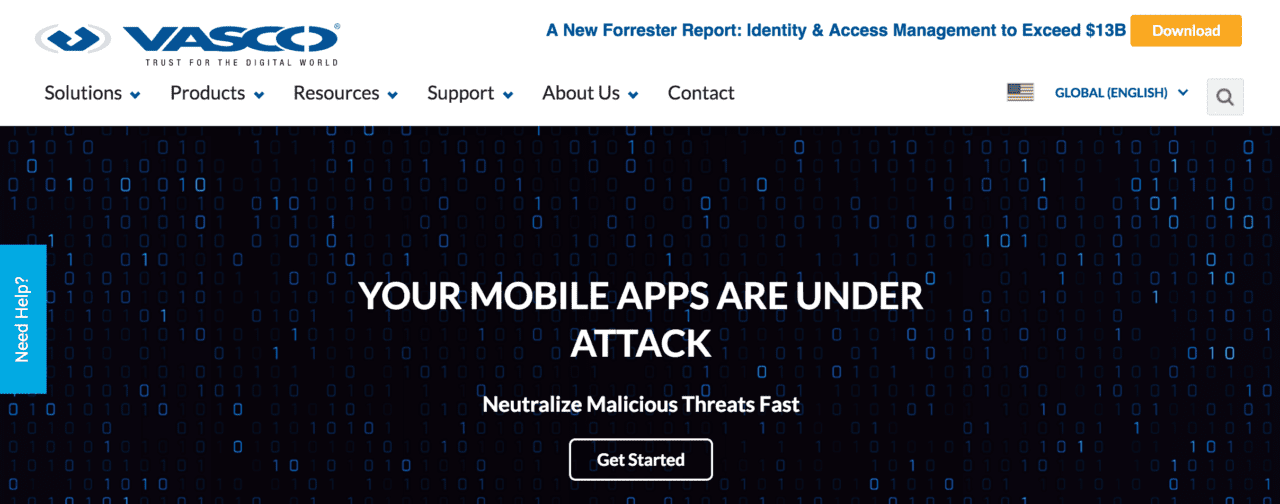
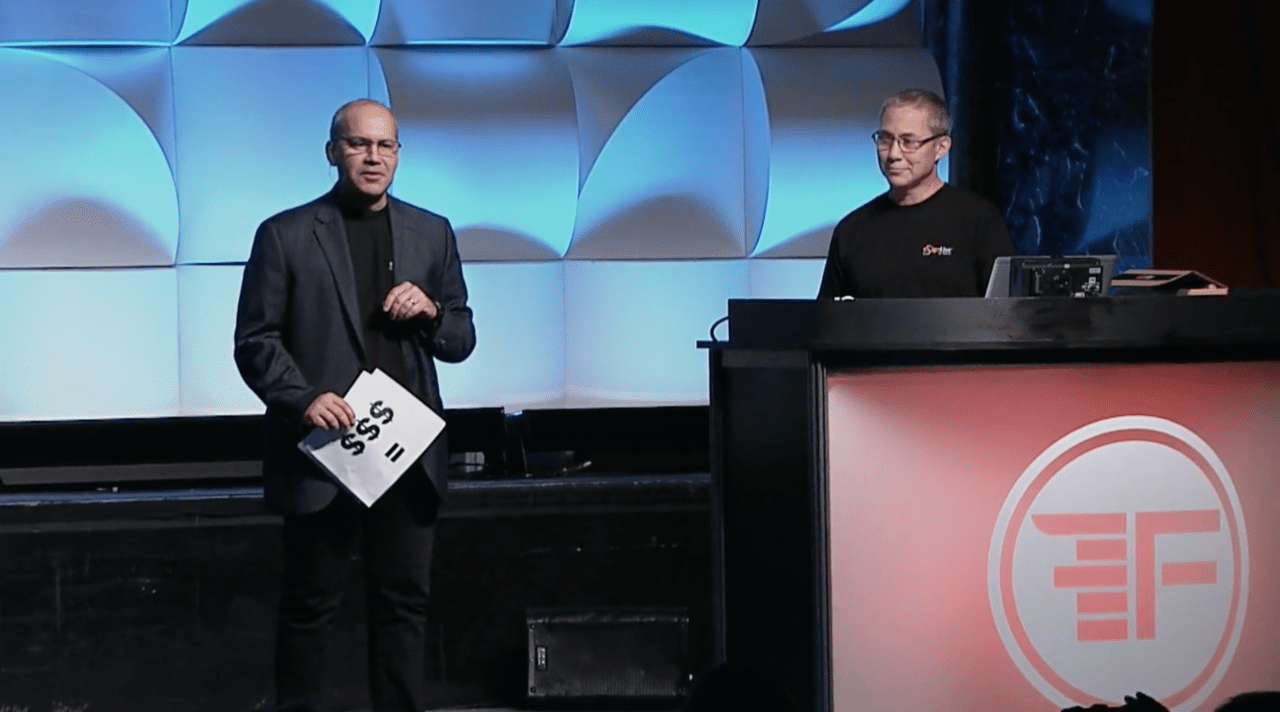
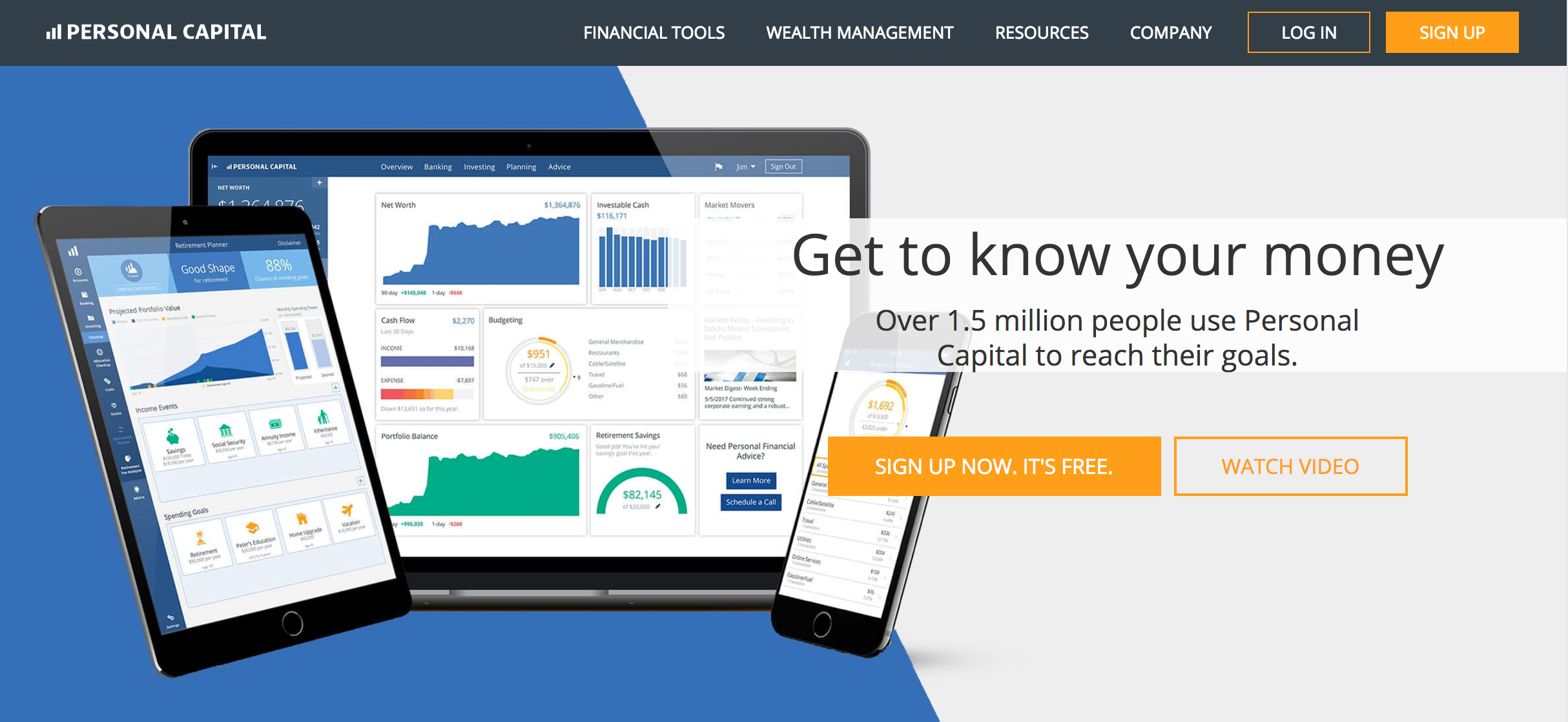



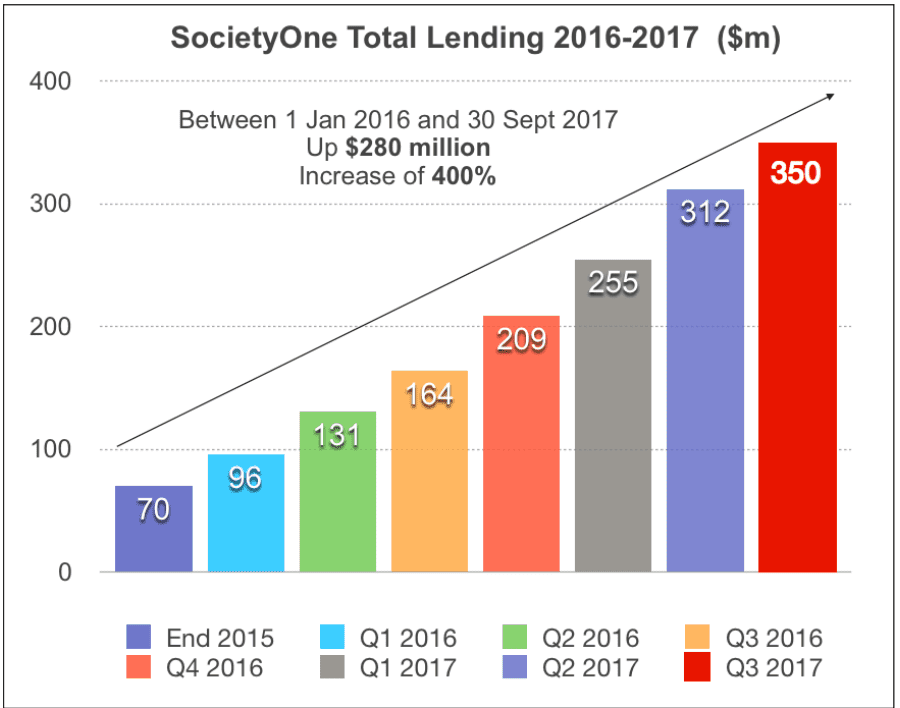
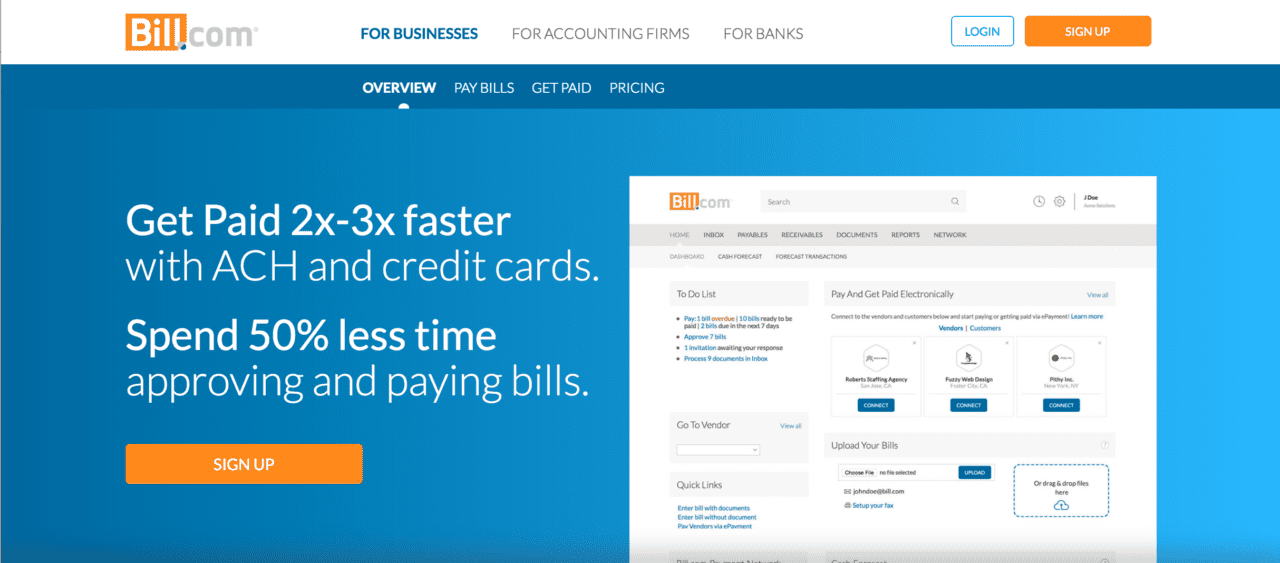
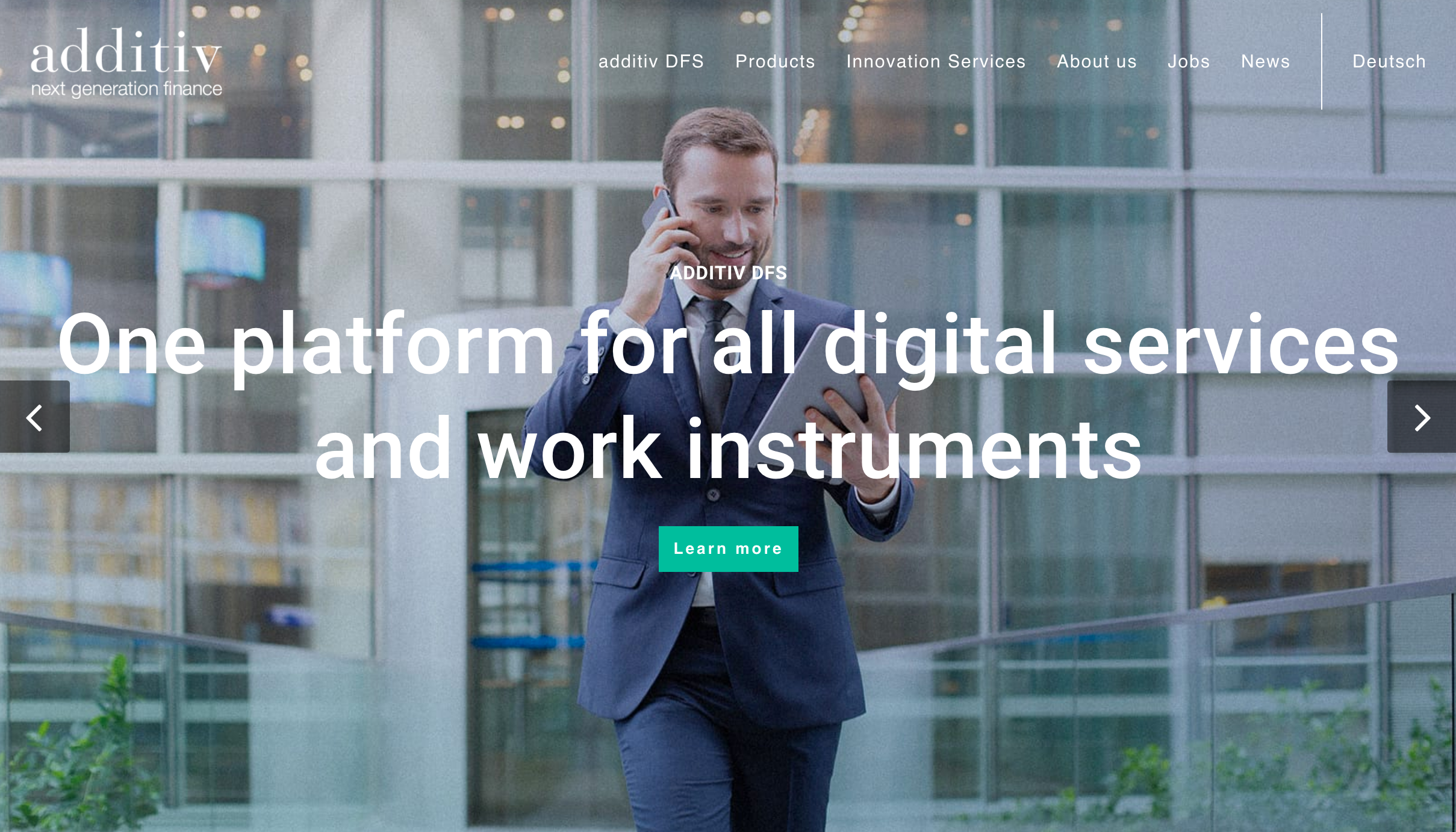


 Derrick Loi, Global Head of Orange Cloud for Business (International)
Derrick Loi, Global Head of Orange Cloud for Business (International) Thomas Achhorner, Global Head of Solutions
Thomas Achhorner, Global Head of Solutions


